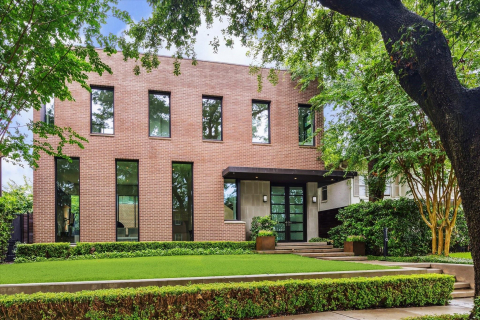The Wine Introvert — Joshua Maloney on Cabernet Sauvignon, COVID and a Seattle Gem
We're Talking Grapes
BY James Brock // 11.09.20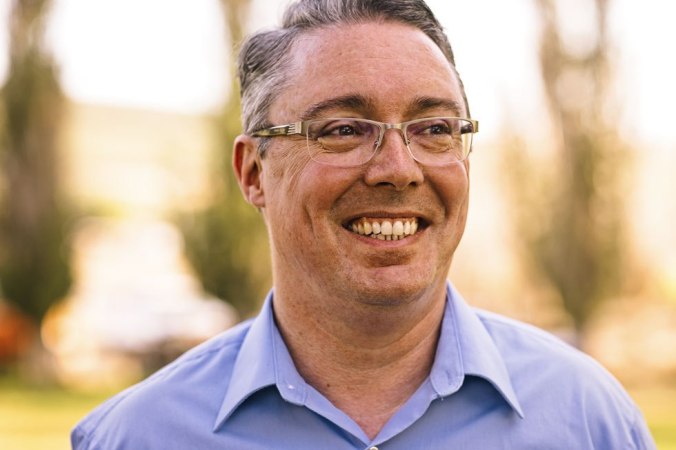
Joshua Maloney began his career in New York's Finger Lakes region.
I love to talk about wine with people who share my passion for it. We open bottles, we trade stories about travel and soil types, terroir and residual sugar, and we talk of taste and food and restaurants. We recommend wines to one another, we drink, and we learn a lot.
In Wine Talk, I introduce you to friends, acquaintances, and people I meet as I make my way around the world, individuals who love wine as much as I do, who live to taste, who farm and make wine. You’ll appreciate their insight, and I hope you’ll learn something from them as well.
Another day, another Zoom Virtual Tasting. . . and an excellent one at that.
Joshua Maloney was the main attraction, along with wines from three brands for which he serves as consulting winemaker. They are highly enjoyable pours, and they represent great value. These are wines to purchase by the case and share with family and friends.
Here’s a rundown of what we tasted, after which we’ll get back to Maloney. (I’ll publish reviews of the wines on my Mise en Place website soon.)
2019 Roaming Dog Chardonnay, Columbia Valley ($14)
2018 Roaming Dog Red Blend, Columbia Valley ($14)
2018 Dixie & Bass Cabernet Sauvignon, Columbia Valley ($18)
2018 Be Human Merlot, Columbia Valley ($17)
Maloney, who has a degree in chemistry from Cornell, started out in the industry as an assistant winemaker at Heron Hill Winery, in New York’s Finger Lakes region. His next stop was Napa and Stag’s Leap Wine Cellars, where he spent time as a lab technician and cellar worker. Estancia Estates was next — he was in charge of the Merlot program there. In 2005, at 32, he moved on to Chateau Ste. Michelle, where his title was red winemaker.
Maloney has also added to his experience at Milbrandt Vineyards and Wahluke Wine Company, and boasts more than 100 90-plus scores (thus far) for his wines. In addition, he has a single-vineyard project that intrigues me.
“Each year I will contract one acre of Cabernet Sauvignon from a grower and vineyard I respect. I will tailor the winemaking to accentuate the terroir of that site. I will document the winemaking here,” he notes.
Since 2016, Malony has worked as a consultant, and Aquilini Family Wines, the name behind the brands we tasted during the Zoom session, made a wise decision when it hired him. You can taste his experience in the bottle. Here is Maloney in Wine Talk:
James Brock: How has COVID-19 changed your work and life?
Joshua Maloney: I’m embarrassed to admit this, but the pandemic hasn’t affected me adversely, either professionally or personally. I’ve been working remotely since 2016, when I started consulting exclusively, and that work has actually expanded considerably over the last year. As far as personal impact, I’ve been able to spend a lot more time with my daughters (12 and 14), which I’ve enjoyed immensely.
Please don’t ask them how they feel about that. I’ve always been a homebody, so not being able to go out and socialize in person hasn’t bothered me that much. Quarantine hasn’t been too difficult for introverts like me, which hasn’t received much press, probably because we’re introverts.
JB: Tell us about three wines you think are drinking well at the moment. What makes them worthwhile?
JM: I’m knee deep in harvest right now, so I’m not actually drinking much wine. Partly because of the old adage that “it takes a lot of beer to make wine” — but mostly because I try not to drink too much during harvest — I frequently get calls or texts at 4 am with issues that arise during picking and don’t need my judgment clouded from the night before.
However, like most winemakers, much of what I drink is wine made by colleagues. Recently, I had some Chenin Blanc from Pacific Rim that was really enjoyable, very dry and crisp to the point of being almost austere, with very lively aromatics. I also had a Roussanne from Goose Ridge that impressed me, very rich and lush on the palate with ripe fruit character on the nose. One wine that I made for Aquilini that I’m also enjoying at the moment is the Be Human Rosé of Cabernet Sauvignon. I really like how this incredibly powerful grape can make a Rosé that is very delicate and perfumed.
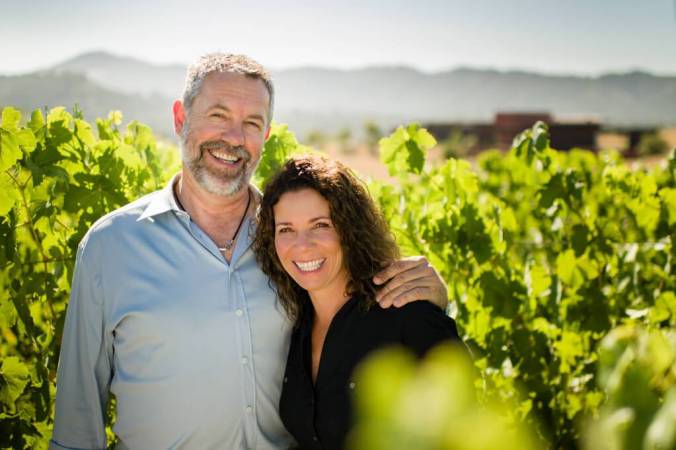
JB: If cost was no consideration, tell us the one bottle you would add to your personal collection, and why?
JM: Probably something from Sine Qua Non. . . I’m not sure which one, though. I’ve always been a big fan of these wines, but also of the winemaker, Manfred Krankl. The wines are incredibly expressive and powerful, and his approach to winemaking has been an inspiration to me.
JB: What is your favorite grape, and why?
JM: Cabernet Sauvignon, hands down. This grape can produce wines in such a broad spectrum of qualities. They can be simultaneously powerful and elegant, with complexity and layers that show pronounced characteristics unique to both the vintage and the vineyard in which they were grown. I also like the fact that it takes a practiced hand to bring out these qualities and frame them in an enjoyable fashion.
With other varieties, one can be accidentally successful with application of technique and produce an enjoyable wine, but that rarely happens with Cab. Discipline, study, and attention to detail are required to show the best of what this grape has to offered. It’s not a grape for the faint of heart.
JB: How about one bottle that our readers should buy now to cellar for 10 years, to celebrate a birth, anniversary, or other red-letter day?
JM: Not a terribly specific answer, but any full-bodied red wine from Washington from the 2018 vintage would fit this bill. The 2018 reds are turning out to be some extraordinary wines with dense, rich tannins that will definitely allow them to age well.
JB: Where is your go-to place when you want to have a glass or bottle? COVID-19 has put a crimp on going out, but pre-pandemic, where did you go?
JM: I don’t really have a go-to place outside my own home, especially in 2020. But before this year, it would be most common for me to have a glass (or more) of wine at a friend’s house.
Most of my friends are in the wine industry, many of them winemakers, and it’s very common when winemakers get together for them to open an obscene number of bottles of wine, take a taste or two of each, then set them aside. It may seem wasteful to many to end the night with a dozen or more open bottles that are more than half full, but for winemakers that’s not the case.
Wine cannot be truly enjoyed until it’s opened (although a case could be made for the anticipation also being part of the enjoyment). And winemakers, perhaps more than most people, enjoy the experience of learning about a new wine most of all. So for us it’s not a waste, but an amazing gift to have another like-minded person with whom to share so many new experiences.
JB: If there was one thing you wish everyone would keep in mind when buying and drinking wine, what is it?
JM: It’s not as complicated as you think it is. There’s always been a lot of gatekeeping in the world of wine, but there are no right or wrong answers anymore. In fact, there never were. Drink what you like, how you like, and pair it with whatever food you like.
JB: What is your “wine eureka moment,” the incident/taste/encounter that put you and wine on an intimate plane forever?
JM: Spring semester, my final year at Cornell (1995), Introduction to Wines class. A few weeks after the class started we got to the section on Burgundy, and the last wine we tasted was a 1959 Vosne-Romanée (sadly, I don’t remember the producer). I vividly remember having an emotional response to this wine, akin to chills up and down my spine. I had never had a reaction like that to food or drink before, but many times from music and art. I thought to myself, “If wine can make people feel this way I need to be a part of this world.”
JB: What has been the strangest moment or incident involving wine that you have experienced in your career?
JM: I don’t think I’ve had many strange moments or incidents involving wine, but I did have a notable encounter that set me on my current path. After college, I was struggling to find an entrance into wine production and instead flirted with a few different careers. During that time my paternal grandmother died, and I traveled with my family back to Upstate New York for the funeral service.
During the wake, I was chatting with lots of relatives and family friends. Many were asking me what I wanted to do with my new degree in chemistry, and I inevitably started talking about wine. It turns out that one of the friends at the service had a son-in-law who was the head winemaker at a winery in the Finger Lakes. He arranged an introduction, and a short time later I was offered an assistant winemaker job, and the rest is history.
JB: What is your favorite wine reference in a work of literature or in a film?
JM: Reamde, by Neal Stephenson, has a very quick, almost throwaway reference to a dry riesling from Horse Heaven Hills. I was almost giddy when I read that, because I know the author lives in Seattle and was probably thinking of a specific wine when he wrote that, and chances are I know the wine (or at least know of it). It made me feel a personal connection to the author for a brief moment.
For wine, travel and more from James Brock, check out Mise en Place.

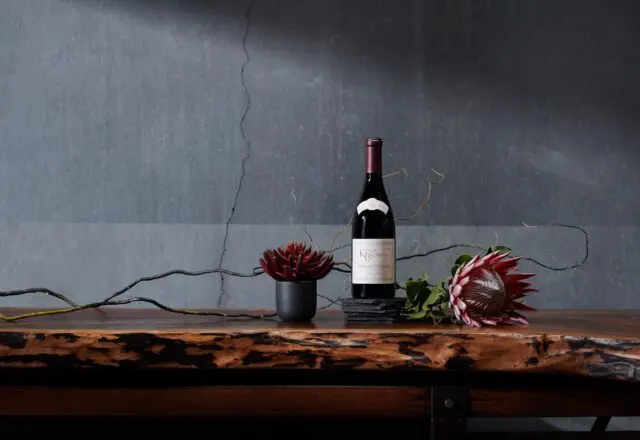
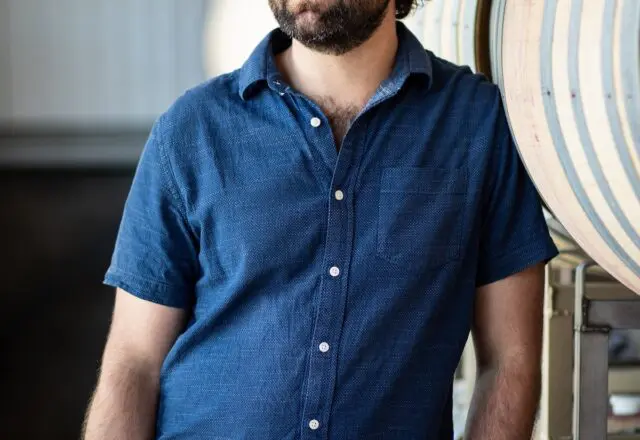
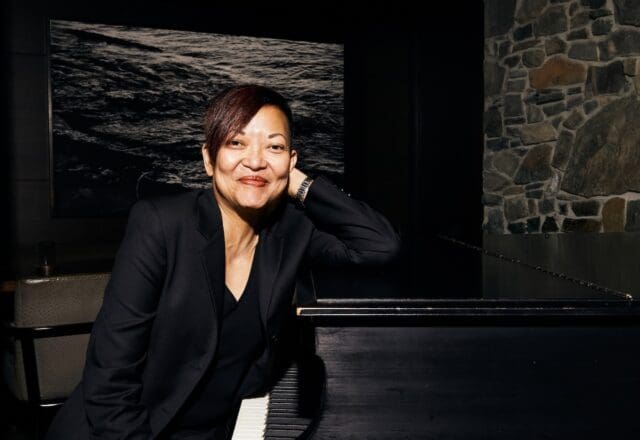




_md.jpg)






